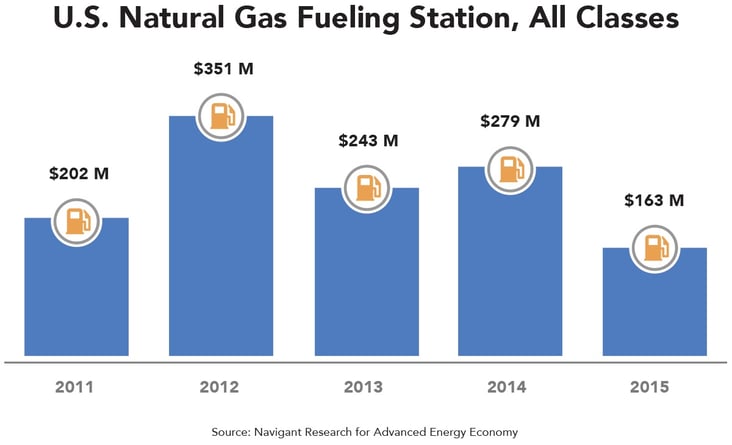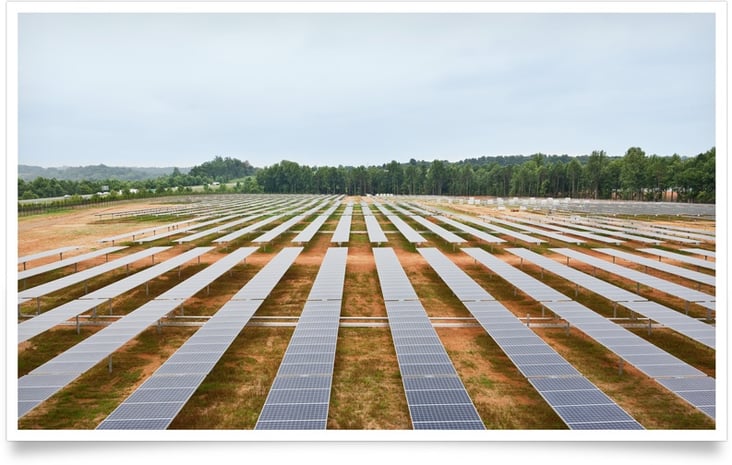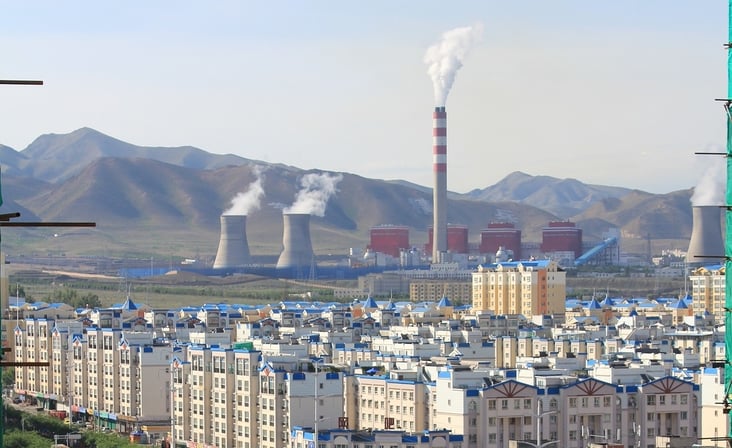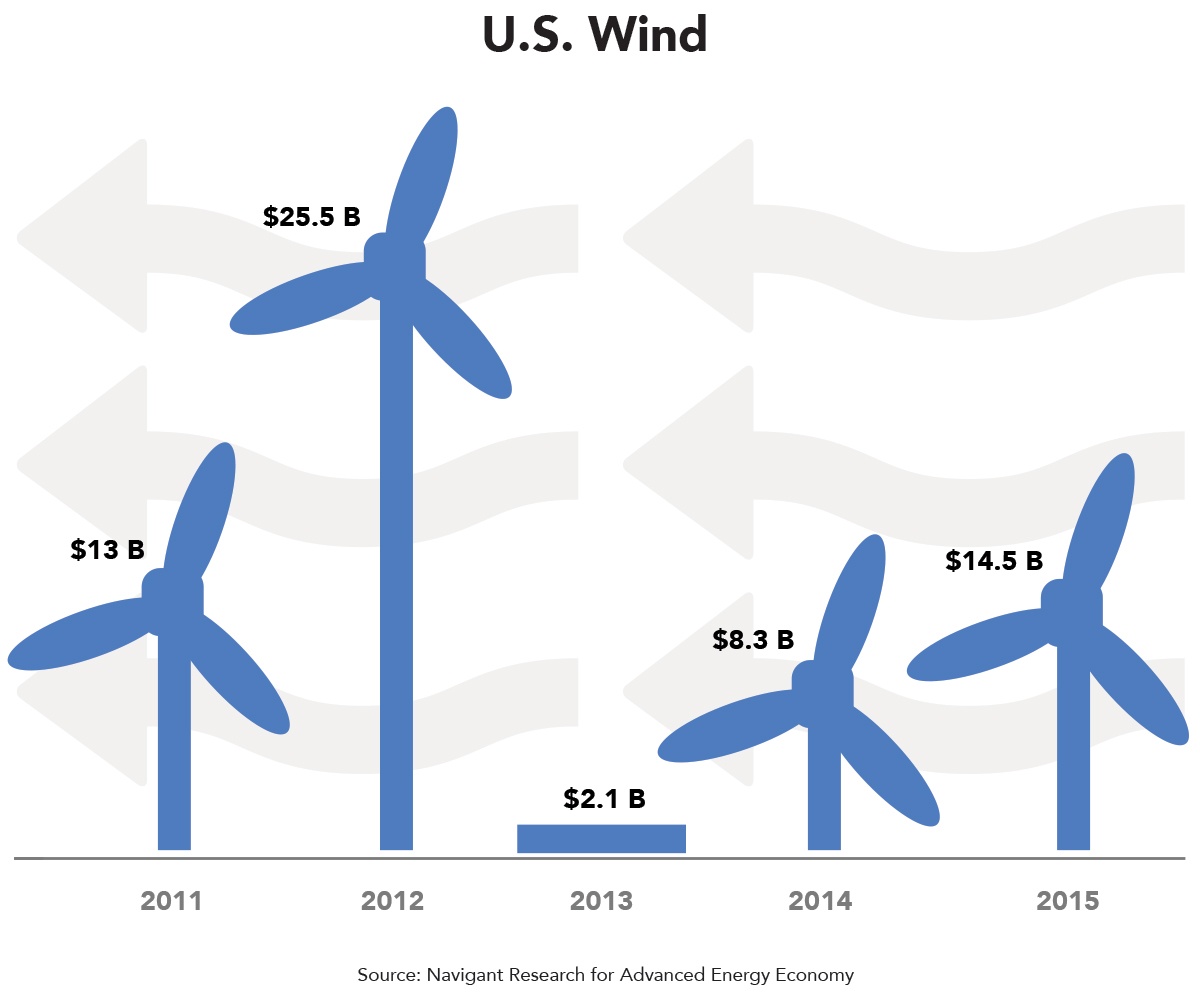This post is one in a series of feature stories on trends shaping advanced energy markets in the U.S. and around the world, drawn from Advanced Energy Now 2016 Market Report, which was prepared for AEE by Navigant Research.

In order for any alternative to gasoline or diesel to be viable as a transportation fuel, refueling infrastructure needs to be readily available. In the arena of alternative fuels for transportation, natural gas has proven to be one of the most popular alternatives to traditional liquid fuels in many global markets. Natural gas for use as a transportation fuel is available in two forms, CNG and LNG, with the former being by far the more common. CNG is primarily used for vehicles that operate within a limited geographic region, while LNG is more commonly used for long-haul trucking applications. CNG is stored in high-pressure tanks at 3,000–3,600 psi and can be stored for extended periods of time. LNG is stored in low pressure, cryogenic tanks at -259 degrees F.



